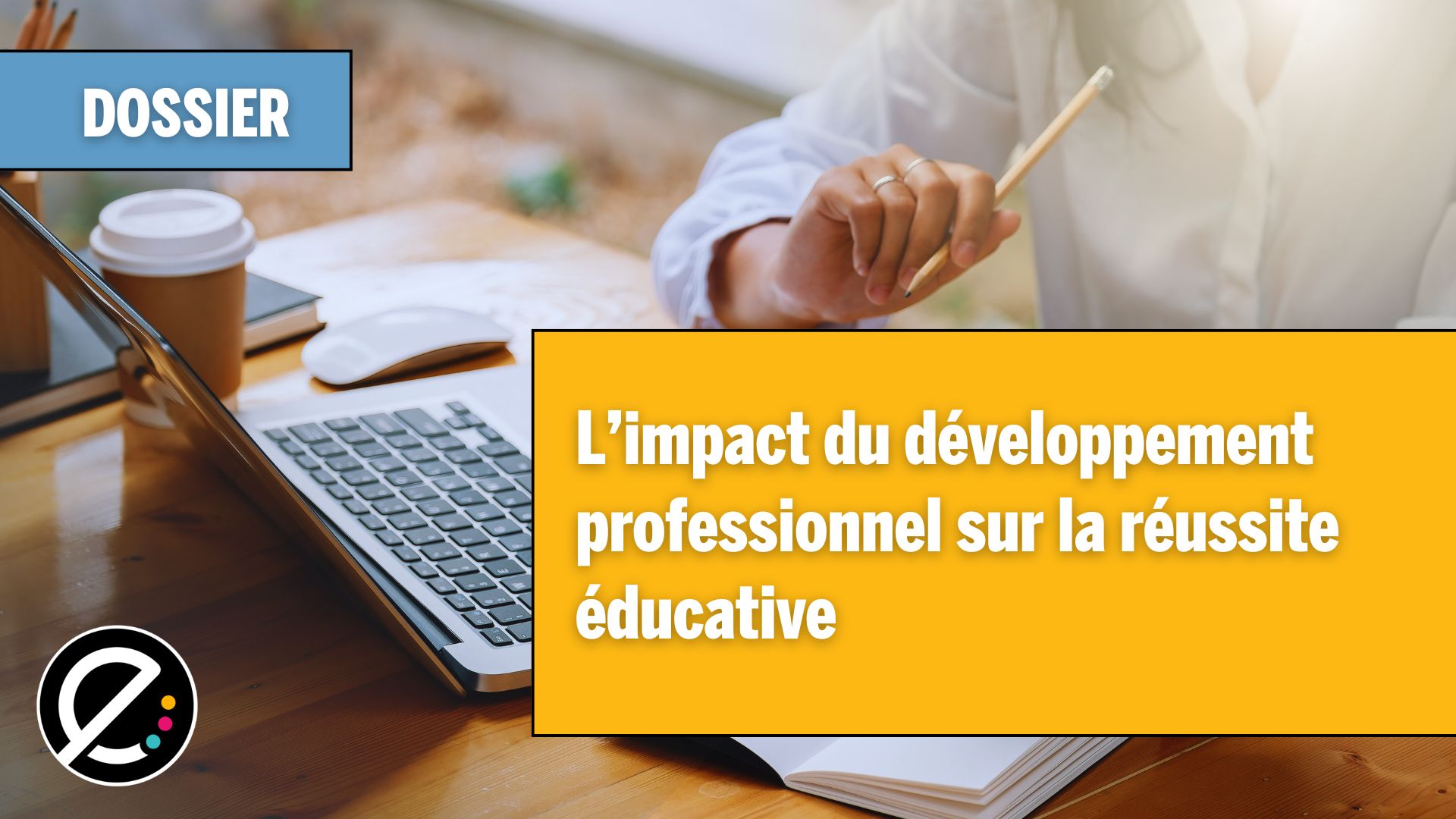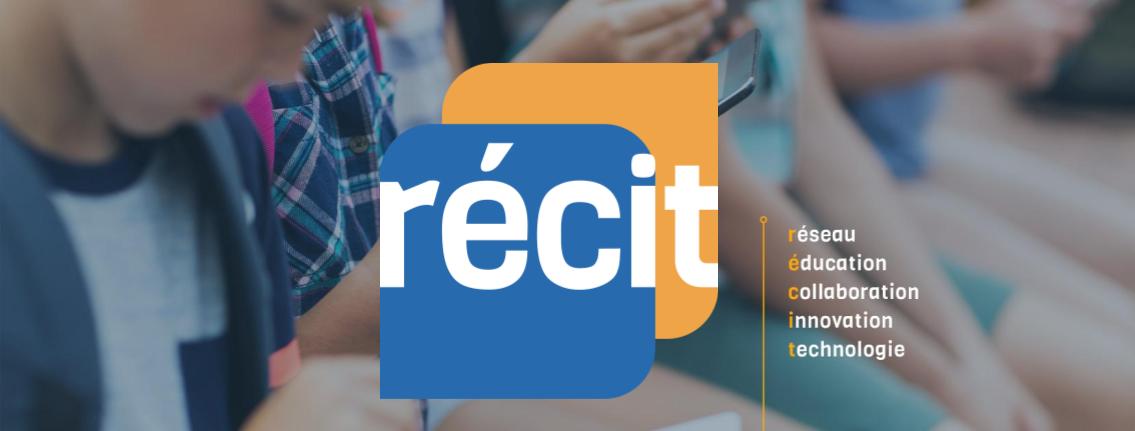Par Roberto Gauvin, consultant chez Edunovis
Dans ce texte, Roberto Gauvin, consultant en éducation chez Edunovis, propose 6 idées pour développer une posture d’innovation en éducation.
1- Chercher des solutions
En adoptant une posture d’innovation, il est important d’être curieux et d’être animé par le désir de faire mieux. On arrive alors à considérer de nouvelles manières pour faire certaines choses et pour voir comment d’autres organisations s’y prennent pour avoir du succès. On cherche alors des solutions qui pourront répondre à nos besoins et qui nous permettent d’avancer dans la direction que nous voulons prendre.
2- Voir du sens
Lorsqu’on contribue dans une organisation, il est essentiel de sentir que ce que nous faisons a un sens et que celui-ci est valorisé. En absence de sens, il est facile de seulement réaliser des tâches de bas niveau et d’avoir un degré de satisfaction moindre. Pour connaître du succès dans son milieu de travail, il est important de valoriser les idées et de savoir reconnaître les contributions des gens. Quand ceux-ci se sentent vraiment appréciés, ils alignent généralement leur propre vision avec celle de l’organisation.
3- Savoir prendre des risques
Il ne faut pas sous-estimer les messages non verbaux pour la prise de risque. Il est facile de dire haut et fort que la prise de risque est une valeur de notre organisation. Par contre, nos comportements lorsque des gens échouent, se trompent ou font de mauvais choix tracent rapidement un sillon dans la culture de l’organisation. Dans certaines organisations, on demande aux gens de prendre des risques, mais on les réprimande s’ils se trompent. Les gens apprennent à jouer le jeu.
4- Construire son propre réseau
Plusieurs personnes vivent les mêmes problèmes dans leur travail et il n’est souvent pas nécessaire de réinventer la roue pour trouver des solutions. Développer un réseau à l’intérieur de l’organisation, mais aussi avec des gens de l’extérieur qui partagent les mêmes défis, les mêmes passions et qui veulent partager leurs connaissances, est crucial pour avancer. Avec les nouvelles technologies, les possibilités de développer son propre réseau d’apprentissage professionnel sont de plus en plus faciles.
5- Lire, rencontrer et visiter
Une mine d’or d’information est à notre disposition. Il est de plus en plus facile de pouvoir trouver ce que l’on cherche virtuellement et en personne. Des colloques de toutes sortes, des réseaux de partage et des organisations ouvrant leurs portes sont accessibles un peu partout. Souvent, il suffit de faire une demande pour recevoir des informations, pour faire une visite ou pour rencontrer des gens. Les organisations qui connaissent du succès sont généralement à l’aise de partager et de permettre une visite des lieux.
6- Savoir laisser des traces
Les organisations qui ont du succès laissent des traces de leur parcours et de leurs réussites. L’avantage de partager ses réussites et ses défis permet souvent d’agrandir son réseau et de rencontrer des gens qui vivent les mêmes difficultés et qui se posent les mêmes questions. Lorsqu’on doit expliquer ce que l’on fait, il y a plus de chance de mieux comprendre ce que nous faisons. Un blogue, une page Web, des messages sur les réseaux sociaux sont de belles pistes à explorer pour laisser des traces et pour en trouver.
Ce texte est aussi disponible sous forme d’infographie sur le site web d’Edunovis.






